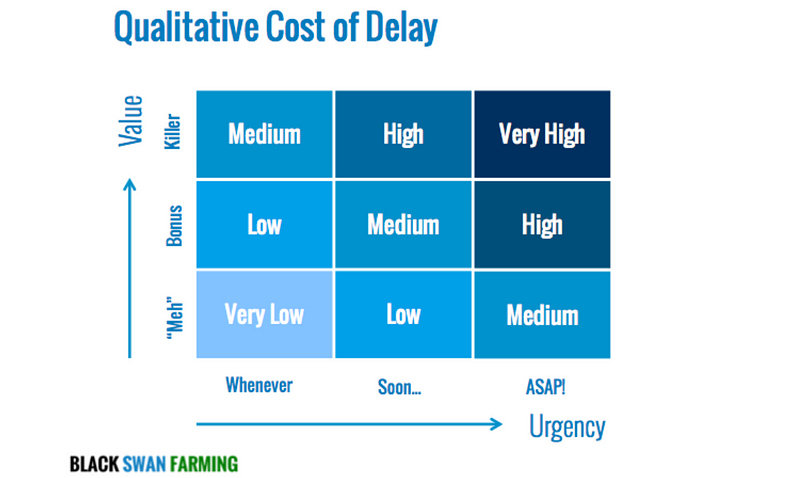OKRs
We started the week off getting together and formally reviewing our Objectives and Key Results (OKRs) for the last quarter, as well as setting them for this quarter.

Generally, this quarter has gone quite well when you check against our key results, with the only slight blip being around the 1-click deployment and the cycle time at portfolio level.
A hypothesis I have is due to the misunderstanding around people feeling that they had to hold a retrospective before moving something to “done”, we have inadvertently caused cycle times to elongate. With us correcting this and again re-emphasizing the need to focus on the small batch, the goal for this quarter really will be to focus on getting that as close to our 90-day Service Level Expectation (SLE) at portfolio level. As well as this will be putting some tangible measurements around spinning up new, dedicated product teams and building out our lean offering.
Prioritisation
Prioritisation is something that is essential to success. Whether it be at strategic, portfolio, program or team level, priorities need to be set so that people have a clear sense of purpose, have a goal to work towards, have focus and that ultimately we’re working on the right things. Prioritisation is also a very difficult job, too often we rely on HiPPO (Highest Paid Person's Opinion), First In, First Out (FIFO) or just sheer gut feel. In previous years, I provided teams with this rough, fibonacci-esque approach to formulating a ‘business value’ score, then dividing this by effort to get an ‘ROI’ number:
Business Value Score
10 — Make current users happier
20 — Delight existing users/customers
30 — Upsell opportunity to existing users/customers
50 — Attract new business (users, customers, etc.)
80 — Fulfill a promise to a key user/customer
130 — Aligns with PwC corporate/strategic initiative(s)
210 — Regulatory/Compliance (we will go to jail if we don’t do it)
It’s fairly “meh” I feel, but was a proposed stop gap between getting them doing nothing and something that used numbers. Rather bizarrely, the Delight existing users/customers aspect was then changed by people to be User has agreed deliverable date — which always irked me, mainly as I cannot see how this has anything to do with value. Sure people may have a date in mind, but this to do with urgency, not value. Unfortunately a date-driven (not data-driven) culture is still very prevalent. Just this week for example we had someone explain how an option was ‘high priority’ as it was to going to be delivered in the next three months(!).
Increasingly, I’m finding a simple, lightweight approach to prioritisation I’m gravitating towards, and one that is likely to get easier buy in, is Qualitative Cost of Delay.

Source: Black Swan Farming — Qualitative Cost of Delay
Cost of Delay allows us to combine value AND urgency, which is something we’re all not very good at. Ideally, this would be quantified so we would all be talking a common language (i.e. not some weird dark voodoo such as T-Shirt sizing, story points or fibonacci), however you tend to find people fear numbers. My hope is that this way we can get some of the benefits of cost of delay, whilst planting the seed of gradually moving to more of a quantified approach.
Next Week
Next week is a big week for our team. We’re running the first of two Agile Introduction sessions as part of the firms Digital Accelerator program. With four sessions running in parallel with roughly 40 attendees in each, we’ll be training 160 people in a 90-minute session. Looking forward to it but also nervous!
